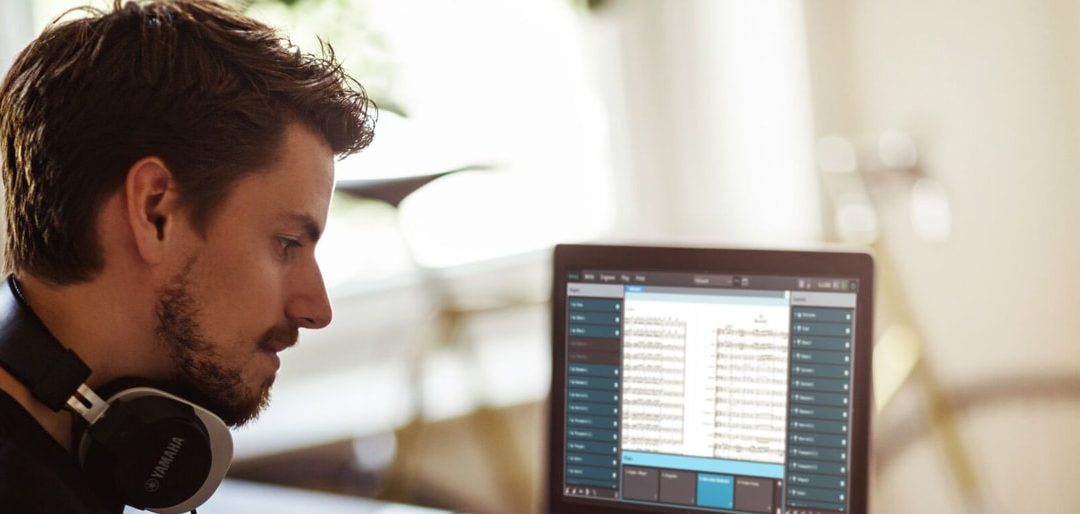Amanda Lee Falkenberg
With acclaimed scores for film, TV, ballet and theatre, Amanda Lee Falkenberg’s career is nothing if not diverse. Since learning to transcribe overheard melodies onto the piano at the age of two, her dramatic orchestral works have gone on to win numerous awards – including both the 2017 and 2016 Great American Song Contest in the Instrumental category for her pieces Believe It and Mermaid’s Maiden Voyage.
In the build-up to premiering her new works for symphony orchestra in London, Amanda used Dorico for her work and gave us her feedback:
‘Being relatively new to the music notation market, its features are already shockingly powerful, its operating system is clear, solid and simple and its vision for the future is impressive.’
‘Through solid months of using this program, I can truly feel the enormous commitment these developers have, with the musicians at the core of their decisions and developments. The support that comes with this software is world class so you will never feel out of your depth during your learning phase […] A five star rating from me.’
You can find out more about Amanda, and listen to a selection of her work, here.
Mark Bowler
Orchestral, chamber and vocal music, folk collectives and frenetic electronica – there’s few styles of music that Mark Bowler hasn’t turned his hand to. His mixture of stylistic eclecticism and skilful composition won him the Britten Sinfonia OPUS2017 commission for his choral work Fother-Jiggen, Downey, Full-Score – inspired by traditional regional sheep-counting rhymes.
Of working with Dorico, Mark said: ‘Sketching ideas […] is as easy as using pencil and paper. The interface and keyboard shortcuts are intuitive and don’t require the numeric keypad, which makes composing on my laptop whilst out and about as easy as when I’m in the studio.’
‘Changes I make to the score are reflected quickly and, more importantly, with musical logic […] The engraving is near perfect; never again will I submit a score and parts only to find a rehearsal mark has found its way onto the stave!’
To find out more about Mark, and to hear an overview of his varied work, visit his website.
The Red Deer Symphony Orchestra
Named after the Canadian city it calls home, the Red Deer Symphony Orchestra started out as a community-based collection of amateur and semi-professional musicians in 1987, when Red Deer’s population was under 55,000. Since then they’ve gone from strength to strength, and are now a fully-fledged, professional symphony orchestra with a seven-concert season. They’ve not forgotten their roots though – they continue to run a range of musical education experiences and programs for the community of Red Deer.
We asked the RDSO’s musical director, Claude Lapalme, why he uses Dorico:
‘It saves me time because its new approach can instantly deal with different notational standards, and because its various note-entry tools significantly accelerate input and makes composing on the screen a breeze.’
‘In addition, tweaking formatting while editing parts is down to a bare minimum and is at time completely unnecessary. The final results look stunning and are superior to any other commercial product available today. I now use Dorico exclusively.’
To read more about the Red Deer Symphony Orchestra, take a look at their website.
The best notation software should support and assist musicians in a practical, intuitive way that delivers great results. With Dorico, we aimed to deliver these qualities and help musicians such as these bring their creative vision to life.


Claude composed a wonderful Ballet suite for the Rocky Mountain Symphony (www.rockymountainsymphony.ca) using Dorico – the parts are gorgeous! I’m now using Dorico for all my arranging and part-transcription work with the RMSO. Carlos Foggin, Calgary, AB